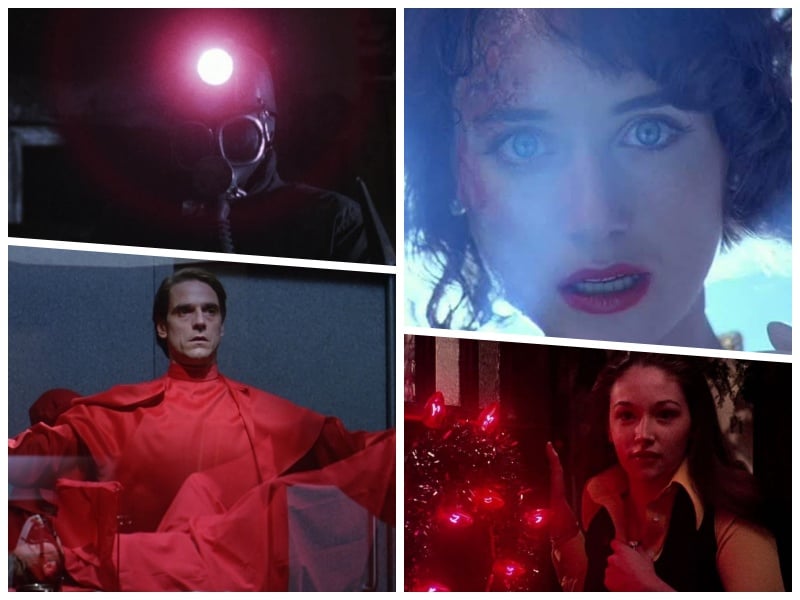
October is defined in Webster’s Dictionary as “31 days of horror.” Don’t bother looking it up; it’s true. Most people take that to mean highlighting one horror movie a day, but here at FSR, we’ve taken that up a spooky notch or nine by celebrating each day with a top ten list. This article about the best Canadian horror movies is part of our ongoing series 31 Days of Horror Lists.
There is a surprising amount of overlap between Canada’s (arguably ongoing) search for a cinematic identity and the country’s horror output. It’s a long and invariably silly saga, but there is one anecdote that I think neatly sums the whole mess up. Surprise, surprise, it concerns the father of the New Flesh and Order of Canada recipient, David Cronenberg.
After getting his start in Toronto’s underground movie scene, Cronenberg set out to direct his first feature film. To finance the project, which wound up being Shivers, Cronenberg found a friend in Cinépix, a Montreal-based distribution company that specialized in exploitation cinema, including but not limited to infamous “maple porns” like 1969’s highly profitable Valérie.
Now, it wasn’t exactly an accident that Cinépix’s production division booted up the year after the establishment of the Canadian Film Development Corporation, a federal initiative that, among other things, provided subsidies to Canadian-made films. It was also no accident that Cinépix found financial success in the 1970s when so-called “tax shelter laws” allowed low-budget production companies to invest in projects without taxation until they turned a profit.
This financial mélange resulted in the hilarious, and indelible fact that the Canadian government co-financed a sexually frank and shockingly violent exploitation film about a phallic parasite orgy. Alas, the government’s financial involvement caught the eye of conservative party pooper Robert Fulford, who accused the Canada Council of investing the public’s tax dollars in sadistic pornography. In spite (or because) of this high profile attack, Shivers wound up being so successful it actually made money for the Canadian government.
The controversy followed Cronenberg throughout his early career, and it put pressure on both him and the CFDC to supply a definition for what qualifies, exactly, as “Canadian cinema.” When the matter was brought before parliament, the CFDC defended their financial support of Cronenberg by more or less saying: “We’re building a Canadian film industry, and film industries are made up of lots of different kinds of films.” I like this answer because it belies a certain unspoken Can-Con prejudice that favors the pastoral, the documentary, and the naturalistic. But I prefer Cronenberg’s response, uttered numerous times, in various iterations: that Canadian cinema is cinema created by Canadians. And sometimes those Canadians are big ole, phallic slug-lovin’ perverts.
Now that we’re all on the same page about what Canadian Cinema is, keep reading for a look at the ten best Canadian horror movies as voted on by Anna Swanson (Hoser), Brad Gullickson (Yankee), Chris Coffel (Yankee), Jacob Trussell (Yankee), Kieran Fisher (Scott a.k.a. honorable Hoser), Rob Hunter (Yankee), Valerie Ettenhofer (Yankee), and myself (hoser).
10. Pontypool (2008)
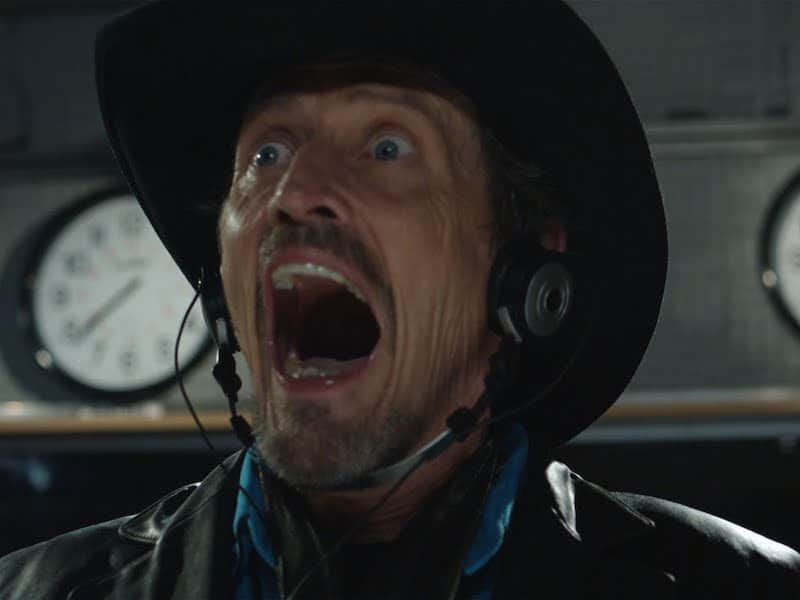
If you think Pontypool sounds like one of the best movies to hail from the great white north, you’d be absolutely correct. The film follows a small-town disc jockey whose day at work is interrupted by a burgeoning zombie apocalypse that is triggered by — get this — the English language. It’s a rather brilliant conceit that is utilized effectively by director Bruce McDonald. This low-budget gore-fest quite literally hinges tension on every word and doesn’t shy away from the bloody ramifications of the quickly spreading zombie infection. Pontypool is original, impressive, and an absolute staple in Hoser horror. (Anna Swanson)
9. Hello Mary Lou: Prom Night II (1987)
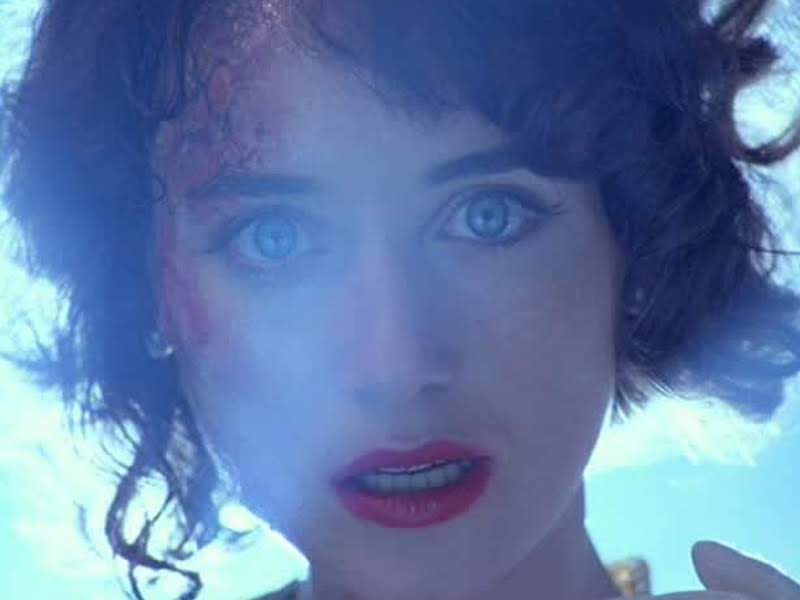
Originally conceived as a standalone film but repurposed as a sequel to Prom Night because it was the 1980s, Hello Mary Lou: Prom Night II is a treasure that deserves to be worshipped by the masses. The story follows a promiscuous prom queen who returns from the dead to wreak havoc on the contemporary students. And oh boy, does she wreak havoc. In one scene, she possesses a high school student, rides a rocking horse, makes out with her father, and uses her supernatural abilities to launch her mother through a window. And that’s not even the craziest scene. Hello Mary Lou is a nutty pastiche of Carrie and A Nightmare On Elm Street that’s even more entertaining than the classics it rips off. That’s how perfect it is. (Kieran Fisher)
8. The Brood (1979)

The fact that The Criterion Collection, the haughtiest purveyors of quality cinema, would include this exercise in psychoplasmic body horror is proof of just how boundary-breaking David Cronenberg was, especially in his cinematic output. The plot, which features a group of grotesque “children” murdering folks in the name of their telepathic mama, is about as insane as the pseudo-psychobabble that Oliver Reed’s Dr. Raglan spews. But it’s the cold Ontario setting that strikes a chilly mood infusing The Brood with the air of a conventional family drama, as if it was coming to us straight from the team behind another 1979 film, Kramer vs. Kramer. Just, you know, without a woman growing a womb on the outside of her body. Real missed opportunity there Robert Benton. (Jacob Trussell)
7. My Bloody Valentine (1981)
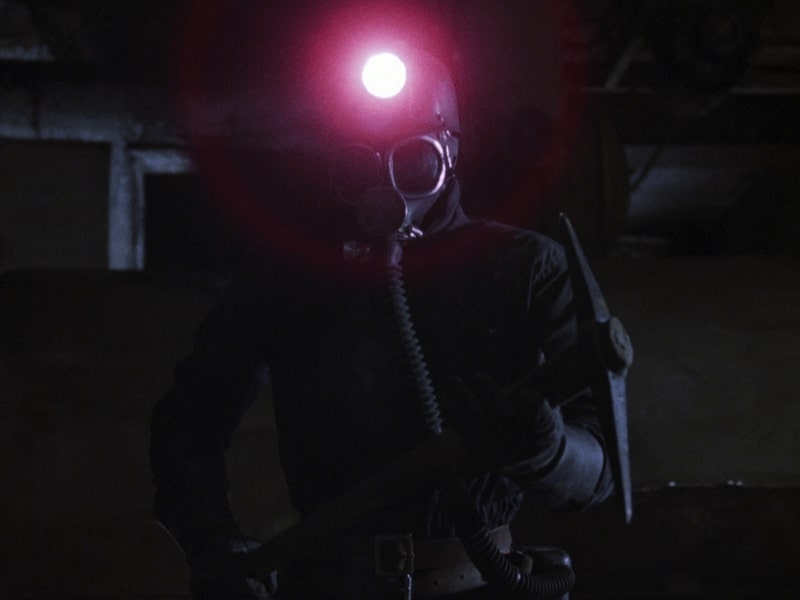
Of all the films on this list, none have a cast more chockablock full of raw Canadian vibes than My Bloody Valentine. I have met, conservatively, at least sixteen men like Hollis in my life. Due respect to the Queen, but that man should be on the loonie. Shot and set in a coal mining town in Cape Breton, Nova Scotia, the film is a slasher with a twist: it’s Valentine’s Day, baby, and the local WHMIS boogeyman is out for blood if anyone parties too hard. Fortunately for our gas-masked killer, the young folks in this town enjoy their Moosehead and can’t wait to cut loose. They don their best flannel and make off to the coal mines to pound tables, beers, and each other. Mercifully restored after its initial slashing by the MPAA, My Bloody Valentine is a grisly entry in a genre that can often feel paint-by-numbers. Truly, there’s enough dislodged eyeballs, leather mitts, and plot-heavy flashbacks to make some of us more audacious admirers utter the word “giallo.” Is “g-eh-allo” anything? (Meg Shields)
6. Ginger Snaps (2000)
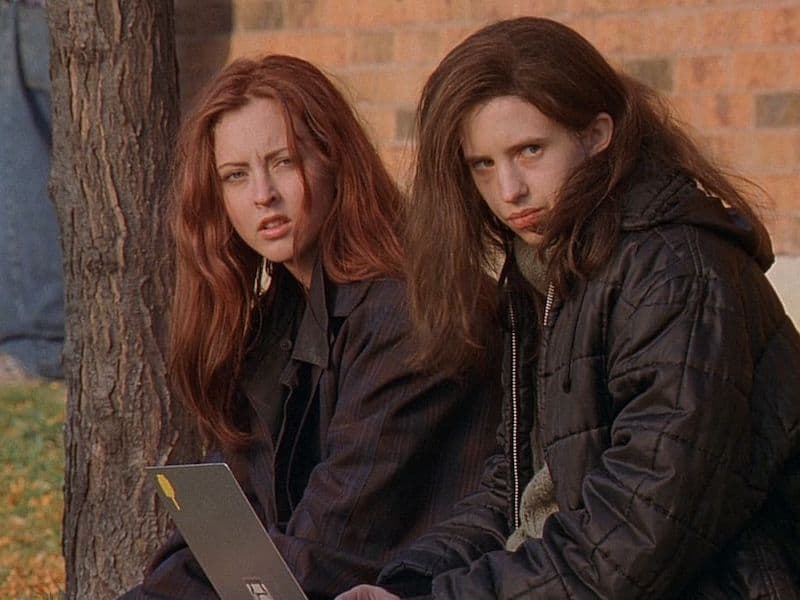
“They don’t call it the curse for nothing,” reads the tagline of John Fawcett’s cult classic puberty-werewolf film, and it’s right: Teen Wolf, this ain’t. Starring Emily Perkins and Canadian scream queen Katharine Isabelle, Ginger Snaps is a gory, funny, cynical gift set in small-town Ontario. When goth girl Ginger Fitzgerald (Isabelle) gets her period for the first time, leaving her younger sister Brigette (Perkins) behind, she soon finds that her uncontrollable teen urges also include the urge to kill. Ginger Snaps was met with controversy before it was even made, as the proposed violent teen content brought to mind a recent school shooting in Alberta. Luckily, the film saw the light of day, and the result is an all-time-great coming-of-age movie that doesn’t balk at the idea of exploring every unpredictable, ugly, and empowering facet of young womanhood — head-on and with a heaping dose of horror. (Valerie Ettenhofer)
Related Topics: 31 Days of Horror Lists, Canada, David Cronenberg, Horror


